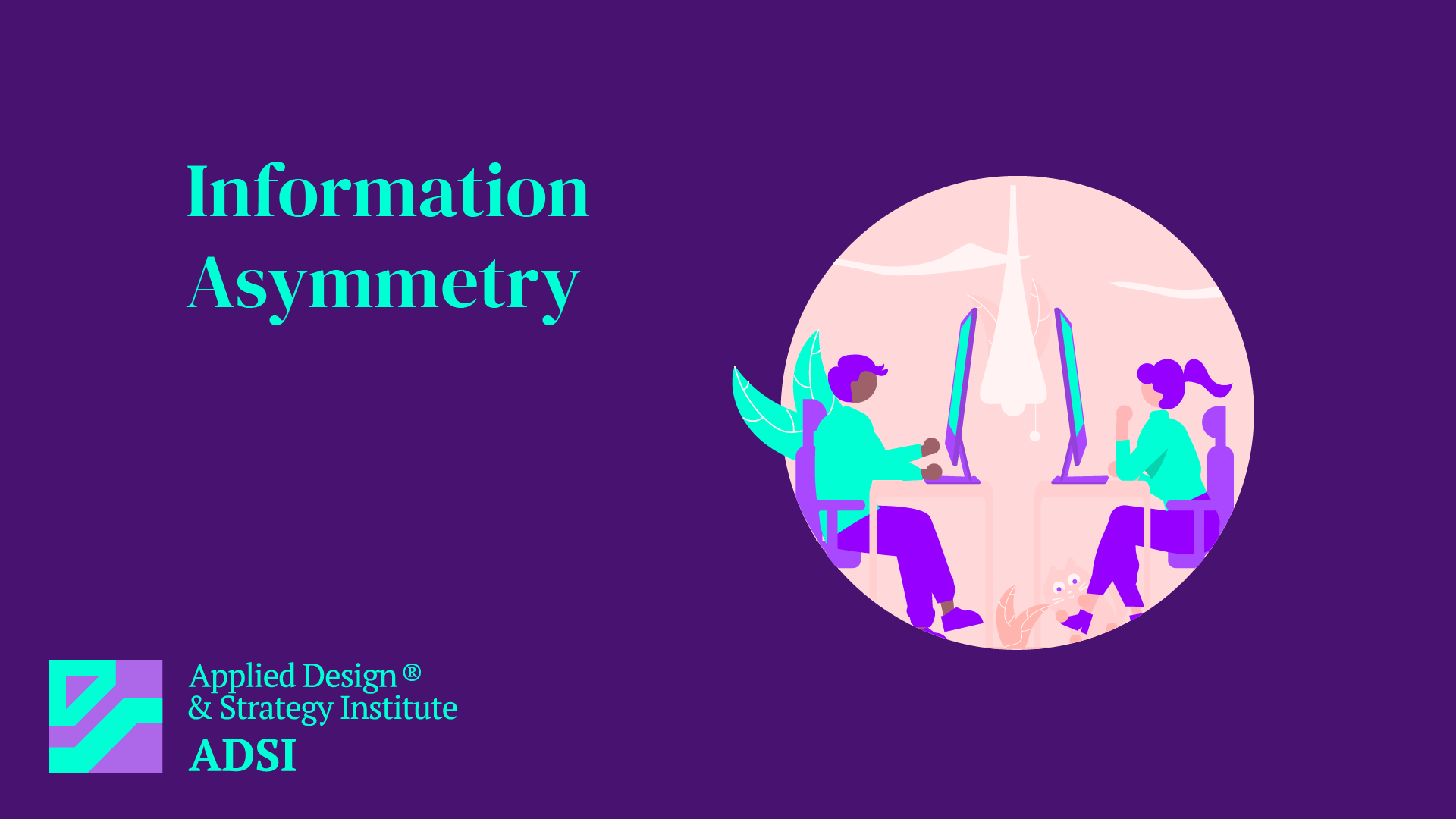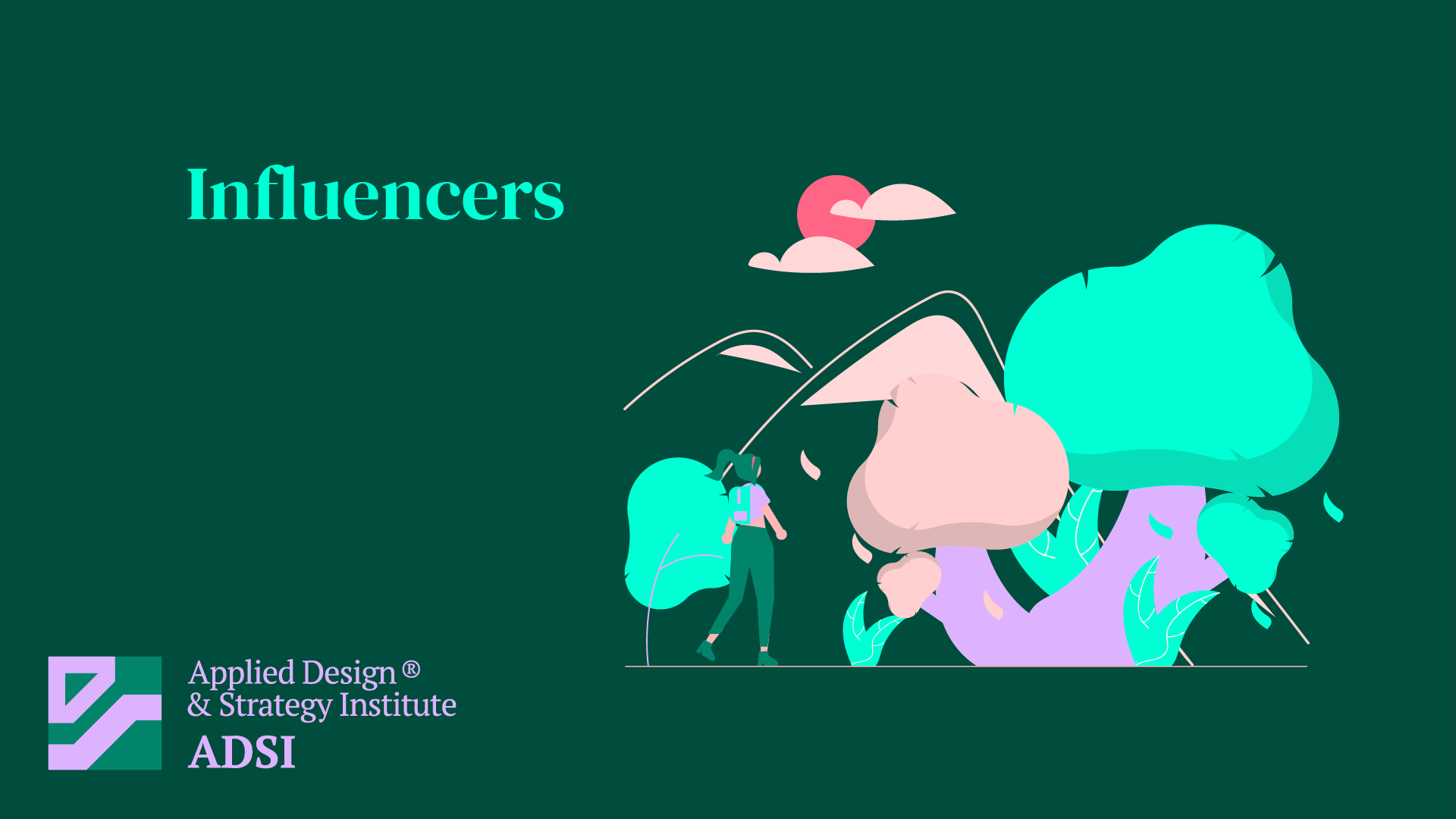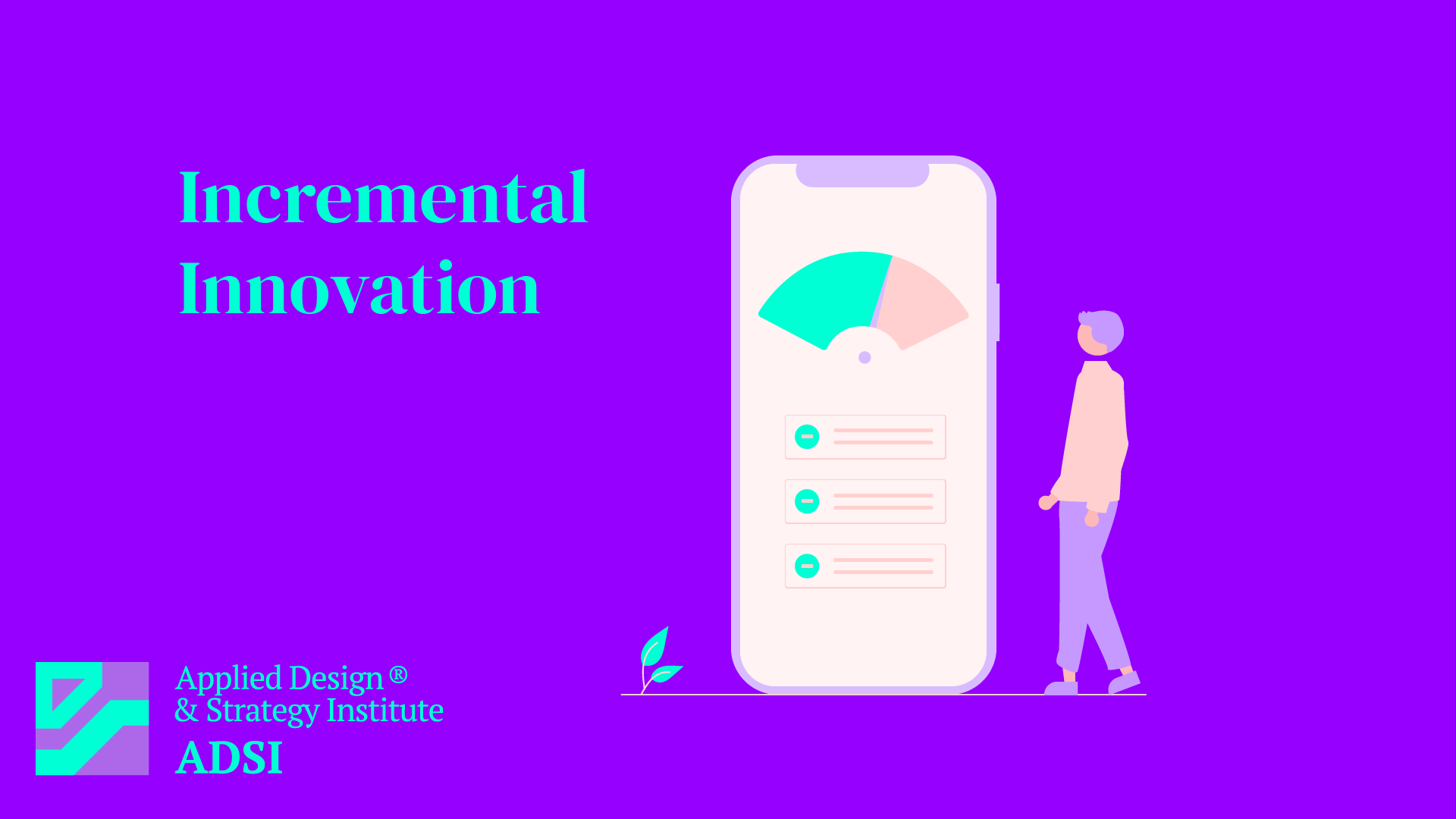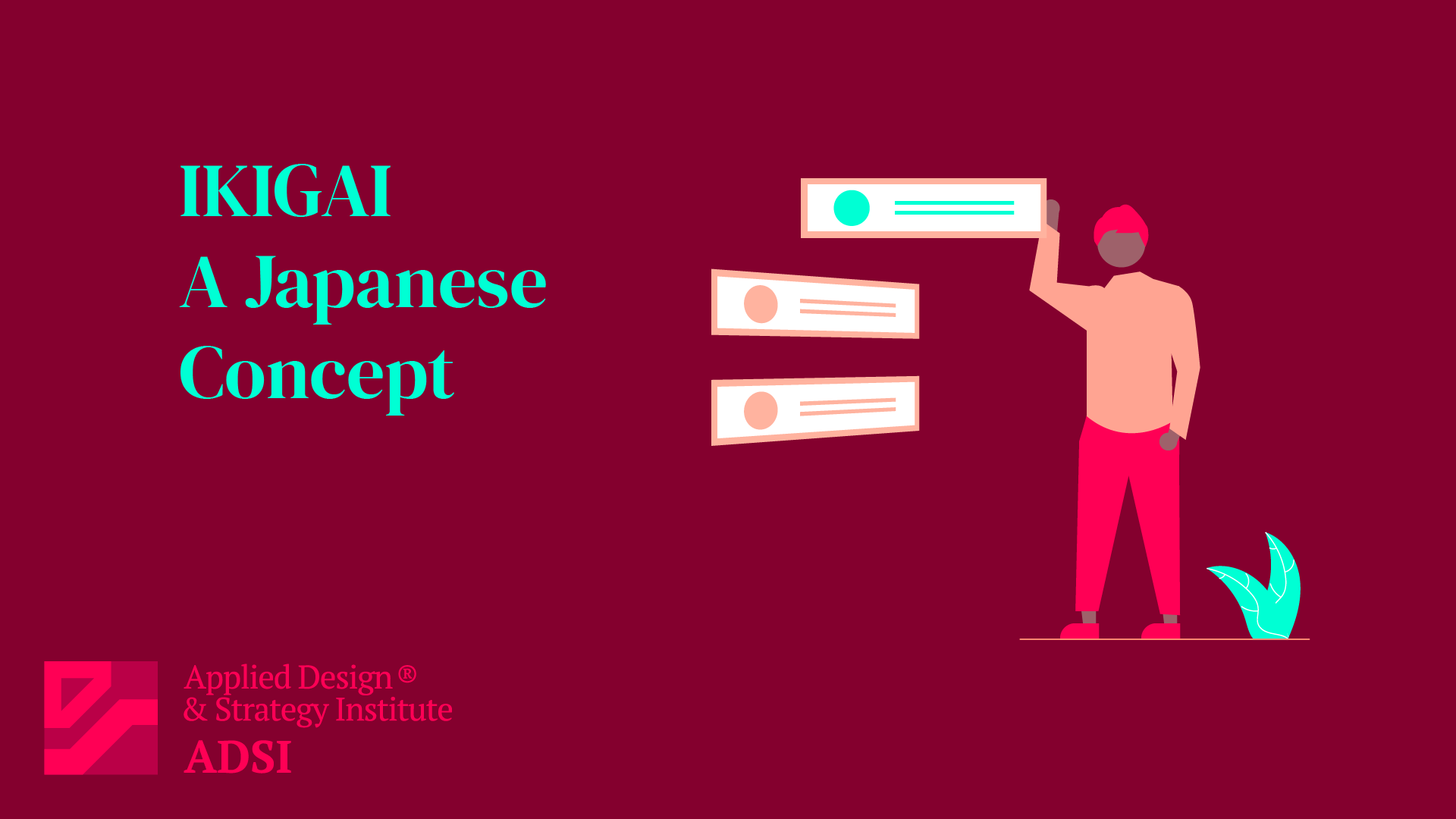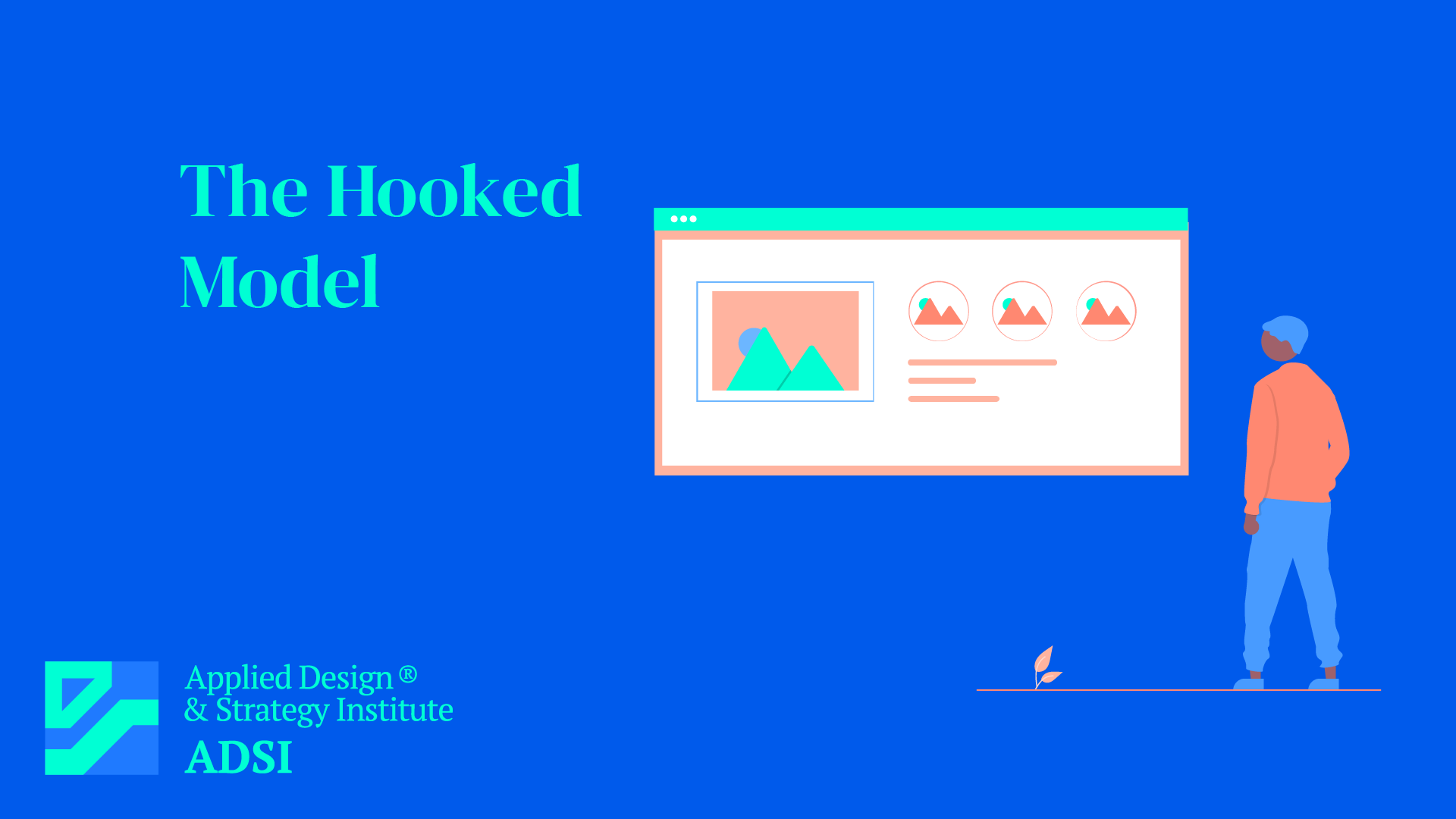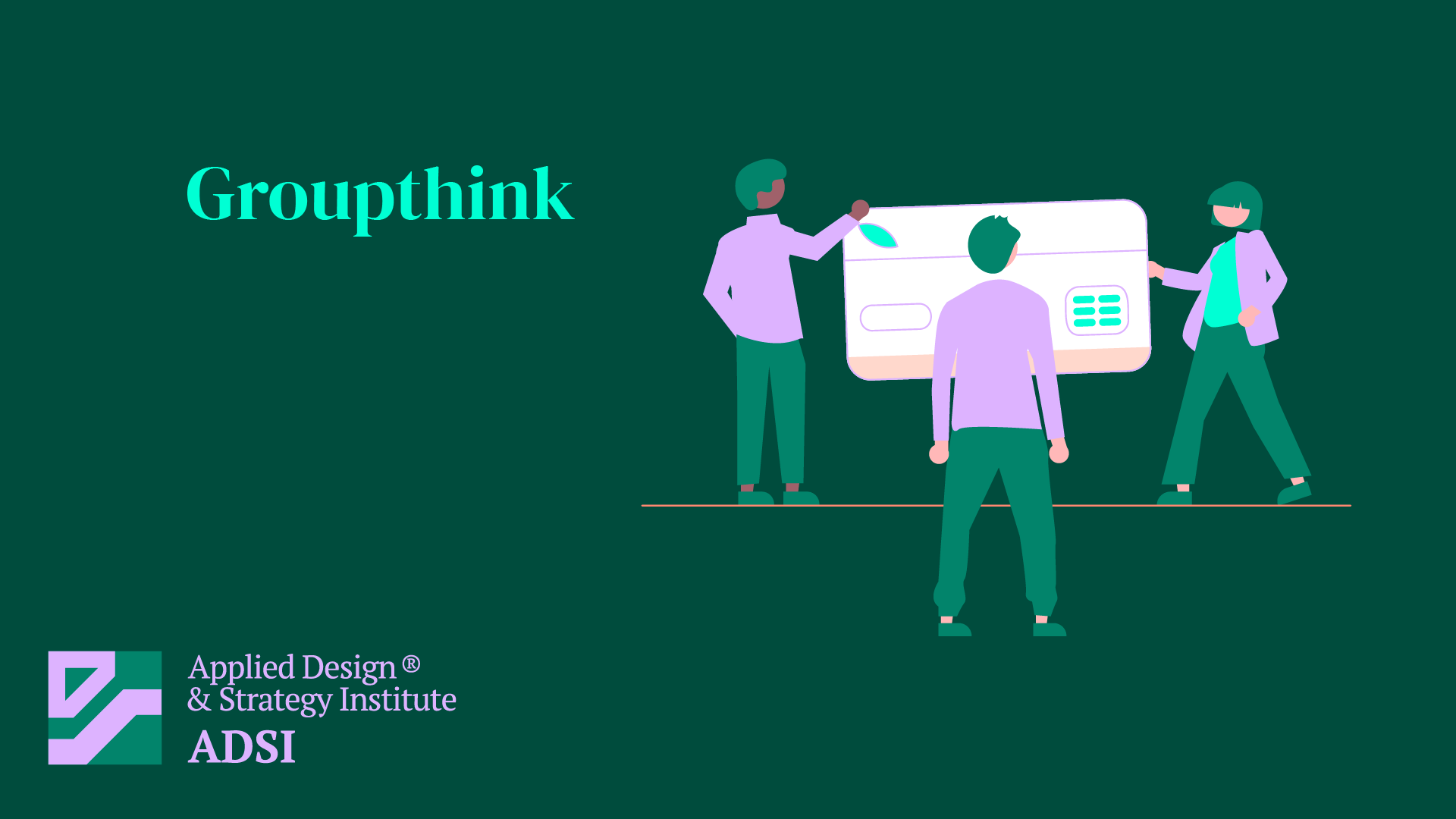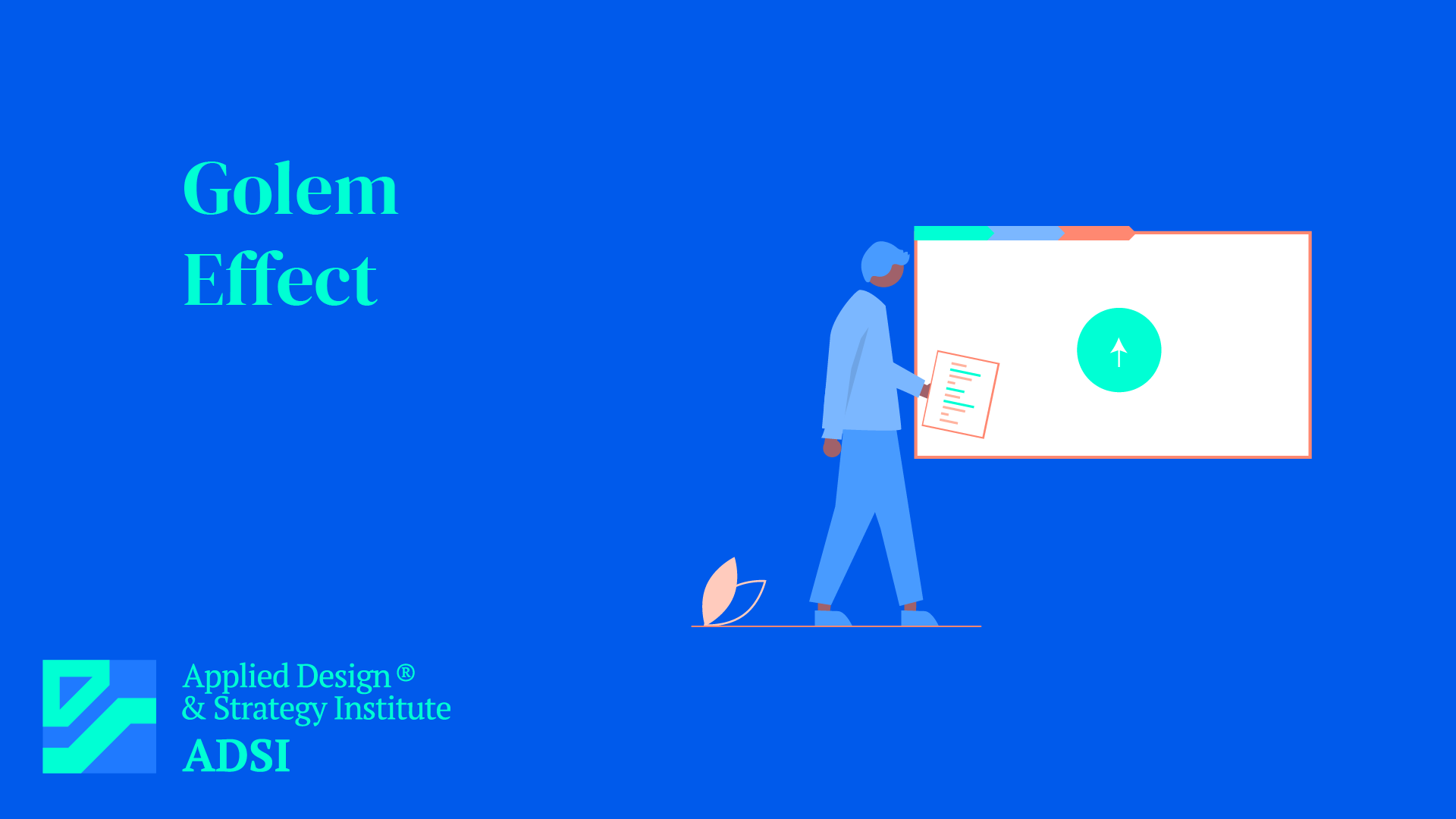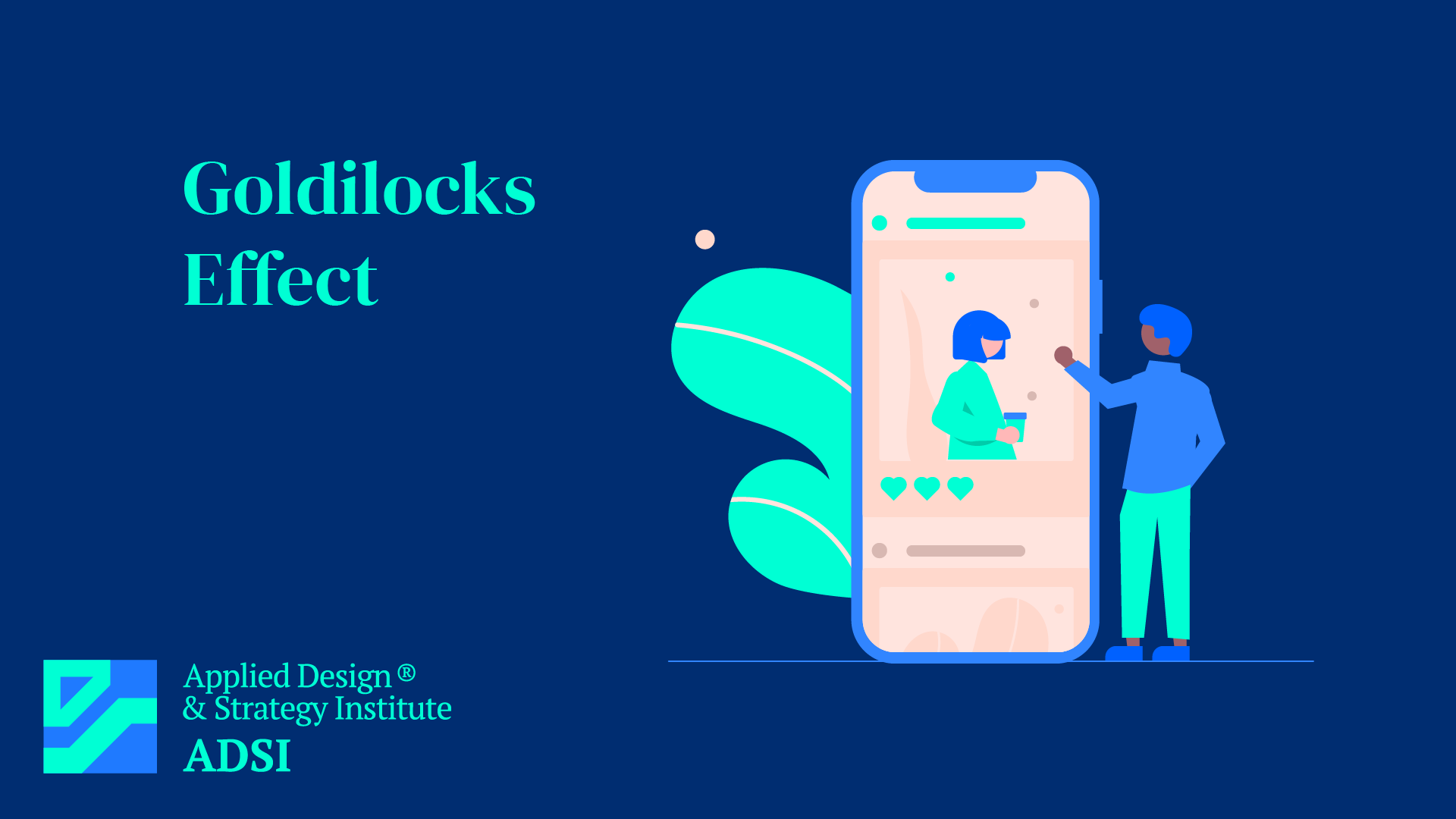Information Asymmetry
Introduction to Information Asymmetry Information Asymmetry occurs when one party in a transaction has more or better information than the other party. This imbalance can affect the decision-making processes in various market transactions, leading to inefficiencies and sometimes unfair advantages. It’s a concept widely exa
Influencers
Introduction to Influencers In the digital age, ‘Influencers’ refer to individuals who have the power to affect the purchasing decisions of others because of their authority, knowledge, position, or relationship with their audience. Typically, these individuals have a following in a distinct niche, with whom they act
Incremental Innovation
Introduction to Incremental Innovation Incremental Innovation refers to the process of making small improvements or updates to existing products, services, or processes. Unlike radical or disruptive innovation that seeks to create groundbreaking changes, incremental innovation focuses on optimizing and enhancing current offering
Ikigai
Introduction to Ikigai Ikigai is a Japanese concept that translates roughly to “reason for being” or “reason to wake up in the morning.” It’s a philosophy that emphasizes finding personal fulfillment and balance in life. Ikigai lies at the intersection of four primary elements: what you love, what y
Hook Model
Introduction to the Hook Model The Hook Model is a concept used in product design and user experience to describe how products and services can create habit-forming behaviors in users. Developed by Nir Eyal, it’s a four-step process built on the basic principles of behavioral psychology and is used to increase customer eng
Hofstede’s Cultural Dimensions
Introduction to Hofstede’s Cultural Dimensions Hofstede’s Cultural Dimensions Theory is a framework for understanding cultural differences across countries and regions. Developed by Geert Hofstede, it’s widely used in the field of international business, cross-cultural communication, and global management. The
Groupthink: How to Avoid It
Introduction to Groupthink Groupthink is a psychological phenomenon that occurs within a group of people, where the desire for harmony and conformity in the group results in an irrational or dysfunctional decision-making outcome. Coined by social psychologist Irving Janis in 1972, groupthink is often cited as a factor in flawed
GPCT: Goals, Plans, Challenges, and Timeline
Introduction to GPCT GPCT is an acronym for Goals, Plans, Challenges, and Timeline. It is a strategic framework used primarily in sales and marketing to better understand customer needs and tailor solutions effectively. This approach not only helps in creating a customer-centric sales strategy but also in building long-term cust
Golem Effect: How to Degrade Performance
Introduction to the Golem Effect The Golem Effect is a psychological phenomenon that refers to the negative impact of low expectations on an individual’s performance. Stemming from the Pygmalion Effect, which describes how positive expectations can enhance performance, the Golem Effect highlights the converse – that nega
Goldilocks Effect
Introduction to the Goldilocks Effect The Goldilocks Effect is a concept derived from the well-known fairy tale “Goldilocks and the Three Bears,” where Goldilocks prefers things that are ‘just right’ – neither too much nor too little. In various fields such as economics, marketing, and psychology, this


